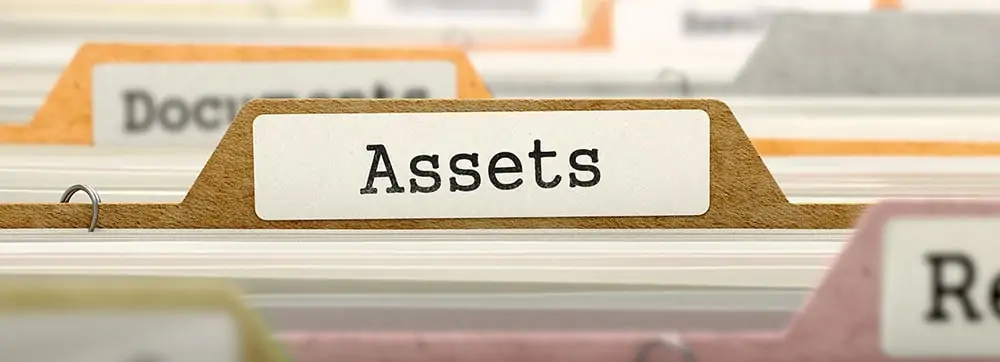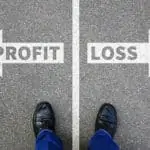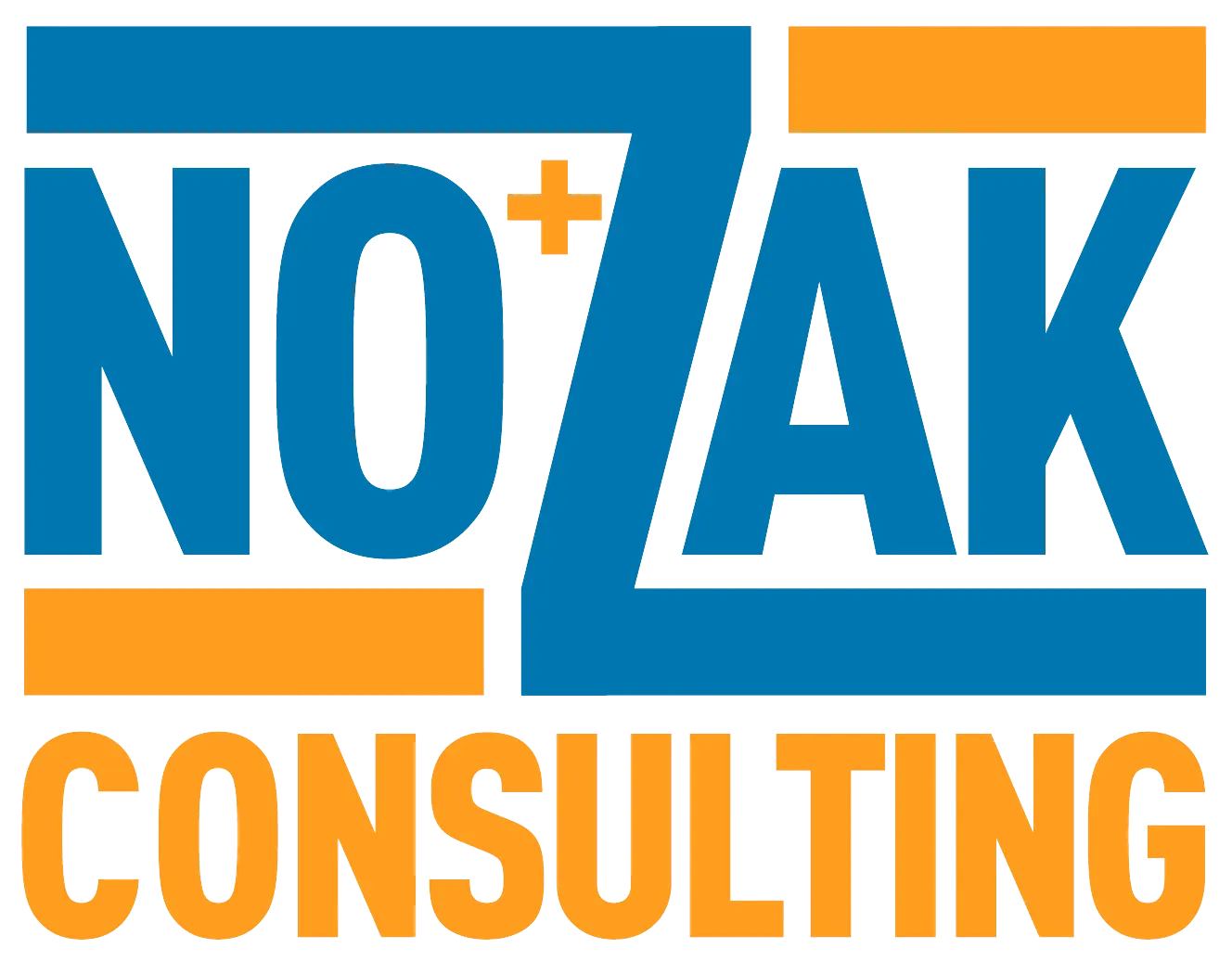
You have worked hard building your small business, but now you want to sell. Learn from these guidelines to selling your small business without a broker.
A Business Attorney and CPA Should Be on Your Team
The sale of a small business can be complex. A reputable business attorney can help ensure that closing documents are prepared correctly. This is helpful in understanding each party’s responsibilities and liabilities. Closing documents also establish the baseline of tax liabilities. Small business sales are generally structured in one of two ways; an “asset sale” or a “share sale”.

Greg Conder – Conder Business Solutions, LLC
For business owners and organizational leaders, Conder Business Solutions offers creative solutions that make sense. We seek to make the seemingly complex simple by utilizing The Optimum Solution™ and The System of Pi™ (Profitable ideas).
Share Sale
A share sale may apply if you have a legal entity set up like a corporation or LLC (Limited Liability Company). In this type of sale, the shares or units are sold.
However, in this scenario, the buyer assumes all liabilities around the previous owner’s actions. Asset sales are much more common among owner-operated small businesses.

Asset Sale
In the asset sale scenario, the legal entity itself is not being sold. The assets that the legal entity holds are being sold. Some legal maneuvering is made so that the new owner can carry on with the business as a trade name, but not as a legal entity.
This type of sale shows a clear line of liability and is typically the most tax efficient for the buyer.
Note that assets include tangible assets like real estate, equipment, inventory and accounts receivables. Assets can also be intangible like reputation, customer lists, trade secrets and trademarks.
The value of intangible assets generally correlates to the profit-making history of the business. The value of intangible assets is often rolled-up into an asset category called “goodwill” upon closing.
A reputable CPA may help an owner understand the value of their business and the tax consequences given the structure of the sale.
Guideline 1 – Do Not Stop Aggressively Working Your Small Business
You have worked hard and may be tired, but do not stop working your business aggressively. Some, if not the majority, of a businesses’ value can be tied to its profit-making history. When an owner slows down, the profits tend to slow down. On the other hand, an owner may not want to make any major investments that may take more than six months to a year to pay off.
Guideline 2 – Determine the List Price of Your Small Business
Ultimately, the value of a business is what someone else is willing to pay for it. Valuing small businesses is an inexact science. It is not as easy as valuing a house with many direct comparisons to be made. Small businesses simply have too much uniqueness to make any hard-and-fast rules. Consider the following examples:
Two businesses have the exact same assets, revenues and profits. However, business #1 has 90% of its revenue dependent on one customer. Business #2 has its revenue evenly spread across 20 customers. Business #2 may be valued higher because of its diverse customer base. Business #2 may be seen as less risky by prospective buyers.
Two businesses have the exact same assets, revenues and profits. Last year, both businesses experienced the exact same downturn in sales and profits. The reason for the downturn in business #1 was because a new competitor just moved into town.
The reason for the downturn in business #2 was because the owner was in the hospital for three-months last year. Business #2 will probably be seen as more valuable because the downturn is temporary, while the downturn in business #1 could be viewed as a long-term trend.

Cash Flow To Owner
One of the key values of a small business is called “cash flow to owner”. This is the profits of the business from the P&L (Profit & Loss) statement plus any expenses that were to the direct benefit of the owner.
These expenses are called “add-backs”. Although they show as expenses, add-backs can be items like owner payroll, owner health insurance and charitable donations made by the business. Non-cash expenditures like depreciation and amortization may be added back as well.
In my experience, the value of an owner-operated small business is generally found in a combination of the market value of tangible assets plus a multiple of the annual cash flow to owner. Consider a business with tangible assets of $100,000 and annual cash flow to owner of $100,000.
If the business is stable, but with little growth prospects, perhaps a multiplier of .5 is in order. Therefore, a value for this business could be $100,000 + $50,000 = $150,000.
If the business has demonstrated a solid growth trend and looks to have more room to grow (in the eyes of the prospective buyer), perhaps a multiplier of 2 is in order. Therefore, a value for this business could be $100,000 + $200,000 = $300,000.
Some businesses may get no multiple at all because the amount cash flow produced is too small relative to the investment required into the tangible assets.
To repeat: ultimately, the value of a business is what someone else is willing to pay for it.
Continue Reading other Guides:
- Degree Symbol – How Do I Type it?
- WordPress or WIx?
- Yoast Review and is it worth it?
- The SEO Dictionary
- Duplicate Content Checker
- How to Use AHREFS
- Optimize for Voice Search
Guideline 3 – Create a Marketing Document that Summarizes Your Small Business
This document is generally just two or three pages. This is the document initially given to those that have shown an interest in buying the business. At a minimum, this is the information that should be shown on the document:
- Asking price
- Reason for selling
- Length of time the seller is willing to stay on for transition purposes.
- A brief history of the business – when did it start, what does it do, what markets does it serve, what are the latest trends for the business, etc.
- Three years of consolidated P&Ls – revenue, COGS, administrative & overhead expenses (including employee payroll), add-backs, cash flow to owner.
- A consolidated list of tangible assets with their estimated market value. Perhaps make a special note of inventory and any real estate or large pieces of equipment.
- A list of the top 3 or 4 intangible assets – website, trademarks, patents, etc.
- Perhaps images of key buildings, equipment, etc.
Before giving out this information, consider having the recipient sign a NDA (Non-Disclosure Agreement). This is a document that states the recipient will not share the information with any other parties. If that is not important to you, then don’t add this step. However, if you think your information could fall into the hands of a competitor or someone like that, consider having a NDA.
Guideline 4 – Have Detail Records Ready for Review by Prospective Buyers
Hopefully, the business has excellent financial and other records. These records are proof that the consolidated financial statements are correct. This is the place that the market value of tangible assets is proven. This is the place where the rationale for add-backs are shown. This is where all revenues and expenses are verified.
Records need to be timely as well. Expect prospective buyers to want to know what has happened so far this year or last month or quarter.
You may receive an offer contingent on due diligence. Due diligence is where the prospective buyer reviews all detailed information to make sure it matches with what the seller has presented.
Guideline 5 – Advertise that Your Small Business Is for Sale by Owner
A lot of the choices in advertising depends on the type and size of business that is for sale. If it is a business with a service market of a small local community, consider something like Craigslist or your local online “newspaper”. There are also aggregate sites like bizbuysell and bizquest. These may be appropriate for businesses that serve larger markets.
Social media platforms like facebook may be a good place to “advertise”. Perhaps a loyal customer would be interested in buying. Maybe a vendor or service provider would be interested.
It is good to spend some time painting a picture of what an ideal buyer would look like for your business. This picture may help you decide on advertising methods. What type of job do they have now? Where do they live? What are their interests in terms of community and hobbies? Maybe another business would be interested in buying your business.
Guideline 6 – Expect to Negotiate
To repeat again: ultimately, the value of a business is what someone else is willing to pay for it.— Greg Conder
Expect to negotiate even if an initial offer was received prior to due diligence. Rarely does a business sell for its list price. Understand the buyer may be viewing the business as a risky investment with a few blemishes while the seller sees a beautiful baby that has served them well over the years.
Also, there is something in our culture that says a buyer must feel like they got a great deal. Recall that there can be a great price difference just based on the multiple of cash flow to owner. There is no “right” answer other than what can be agreed to.
There are other items that may need to be negotiated as well. For example, how long is the seller willing to stay on for management transition purposes? Is the seller willing to finance (aka owner carry) any of the purchase price?
If so, what are the terms? Are there assets that the buyer would rather not pay for and own? Maybe there are assets the seller would not like to sell, like accounts receivables.
Guideline 7 – Close

It is time to bring the business attorney back into the process.
Typically, a bill of sale and closing agreement are required. The bill of sale should have a detailed listing of all assets being sold. Other items could include non-compete agreements, owner carry agreements and assignments of intangible assets like patents and registered trademarks.
A Note About Business Brokery
Many owners of small business resist using a business broker because of the fees involved, which are typically about 10% of purchase price. Some business brokers don’t want to deal with extremely small businesses anyway.
Reputable business brokers can bring value. They bring a great deal of experience in valuations of businesses and the overall process of selling, including negotiating. They can also save the business owner a lot of time. There will be a lot of “tire-kickers” out there. Note – the writer of this article is not a business broker.
Final Thoughts on the Sale of a Business
The selling of a business can be a brutal process. A business may sell in a month, six months or a year. Some businesses never sell. Expect many “tire-kickers” among prospective buyers. Negotiations can be trying.
The process is not complete until the “close” is over. As you set out to sell your business, persistence and an open mind will be required.
Looking for SEO consulting? Case Studies? Competitive Intelligence? A better website! Nozak Consulting is a world-class digital agency with clients across the US, UK, and Canada. We specialize in websites that turn Google queries into potential clients, and websites that rank. Learn more about our SEO/Web Dev team.
